Generic vs. Name Brand: The Shift in Consumer Behavior

“When it comes to snack foods, consumer choice is price sensitive. A majority of consumers tell us that brand-name products taste better. And even when generics are 15% cheaper, a majority choose the brand-name product. But if generics are 30% cheaper, a majority of consumers will choose the generic brand.”
-Joseph Balagtas, professor at Purdue University
Duping the Flavor: What Makes a Knockoff Successful?

Artificial Flavors
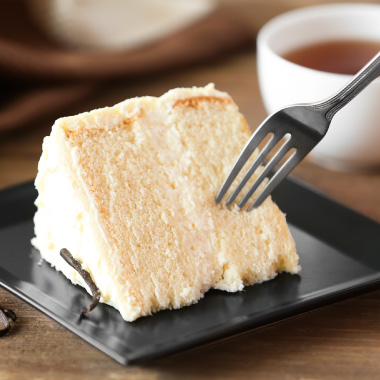
Nature-Identical Flavors
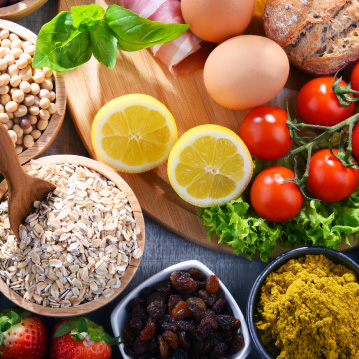
Natural Flavors
Where Dupes Struggle: Specialty Flavors and Unique Brand Characteristics
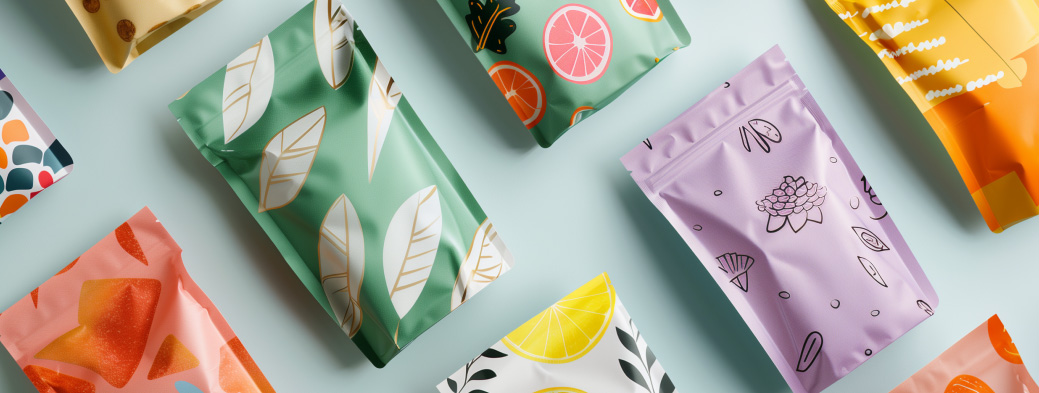
While generic food items are gaining ground, certain categories remain difficult to duplicate. Specialty products—like gourmet cheeses, unique sauces, or premium coffee blends—have distinct flavor characteristics that are often challenging to recreate. Beverages, in particular, are an area where consumers tend to remain loyal to name brands, associating specific taste profiles with particular drinks. For instance, the unique flavor of Coca-Cola or Starbucks coffee blends is difficult to mimic, and customers may perceive generic versions as inferior.
This brand loyalty comes down to more than just taste—it’s also about the emotional connection and familiarity that consumers have with these iconic flavors. Despite the growing interest in dupes, certain specialty items continue to maintain their stronghold on the market.
Taste Perception and Dupe Success: What Really Matters?
The perception of taste is highly subjective, but it plays a pivotal role in determining the success of a food dupe. For mass-market items, taste differences between generic and name brands are often minimal, allowing dupes to succeed. However, when a product relies on a unique, complex flavor profile, it can be much harder to convince consumers to make the switch. Even slight variations in taste, texture, or even aroma can lead customers to revert to the original, pricier product.
This is where flavor creators need to excel. A successful knockoff relies on replicating the sensory experience of the original, whether through artificial or nature-identical flavors, while maintaining a price point that appeals to budget-conscious shoppers.
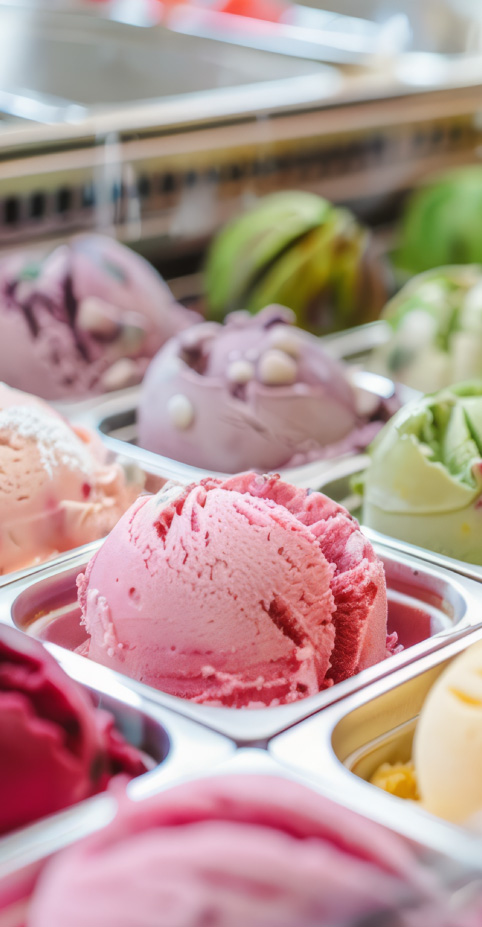
The Influence of Dupe Culture on the Future of Flavor
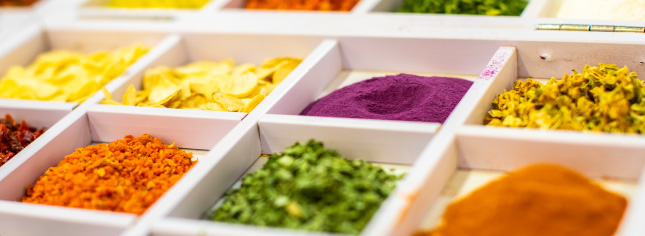
Conclusion
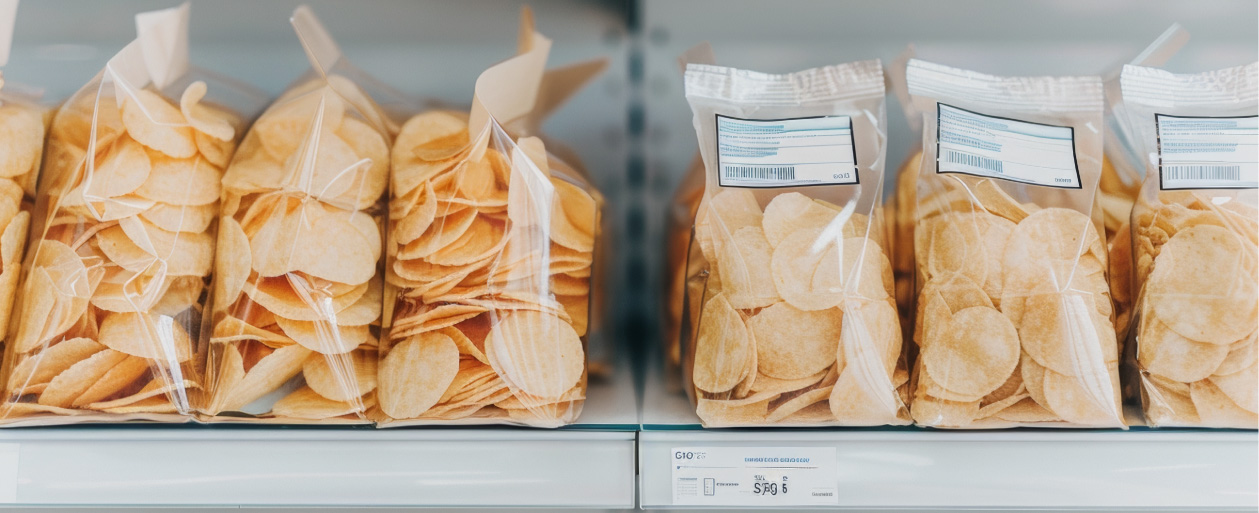
Insights & Trends

When Texture Talks Louder Than Taste
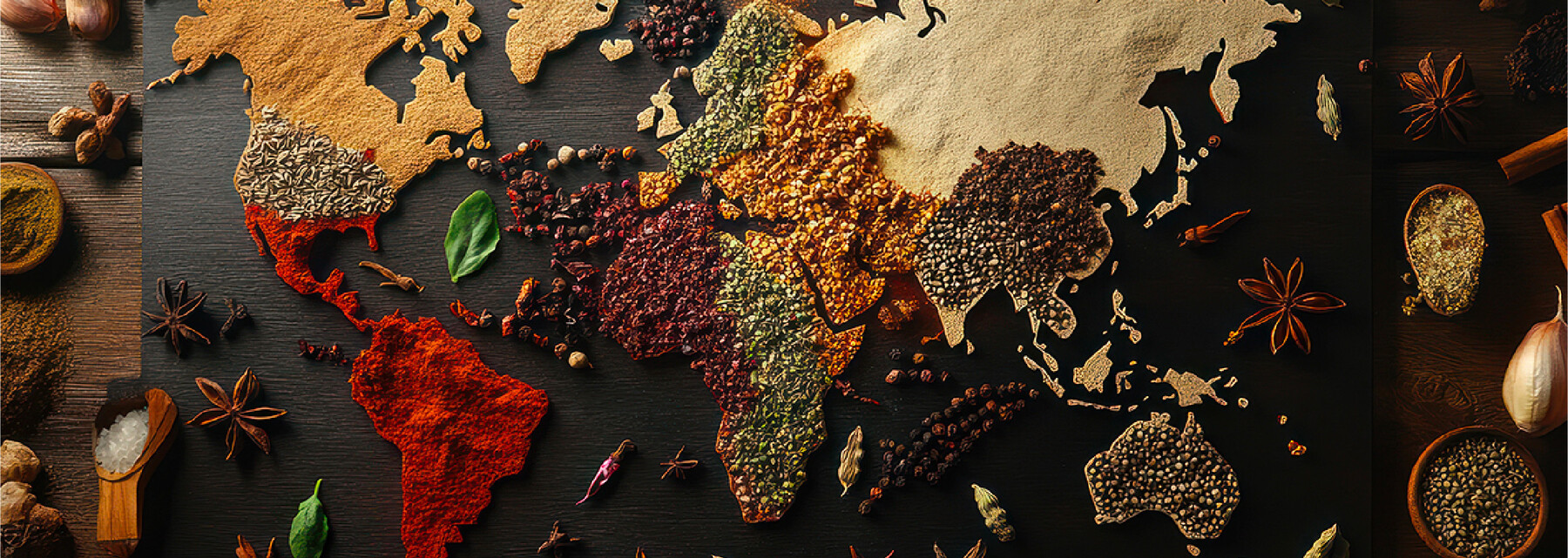
Spice. Sprinkle. Savor.
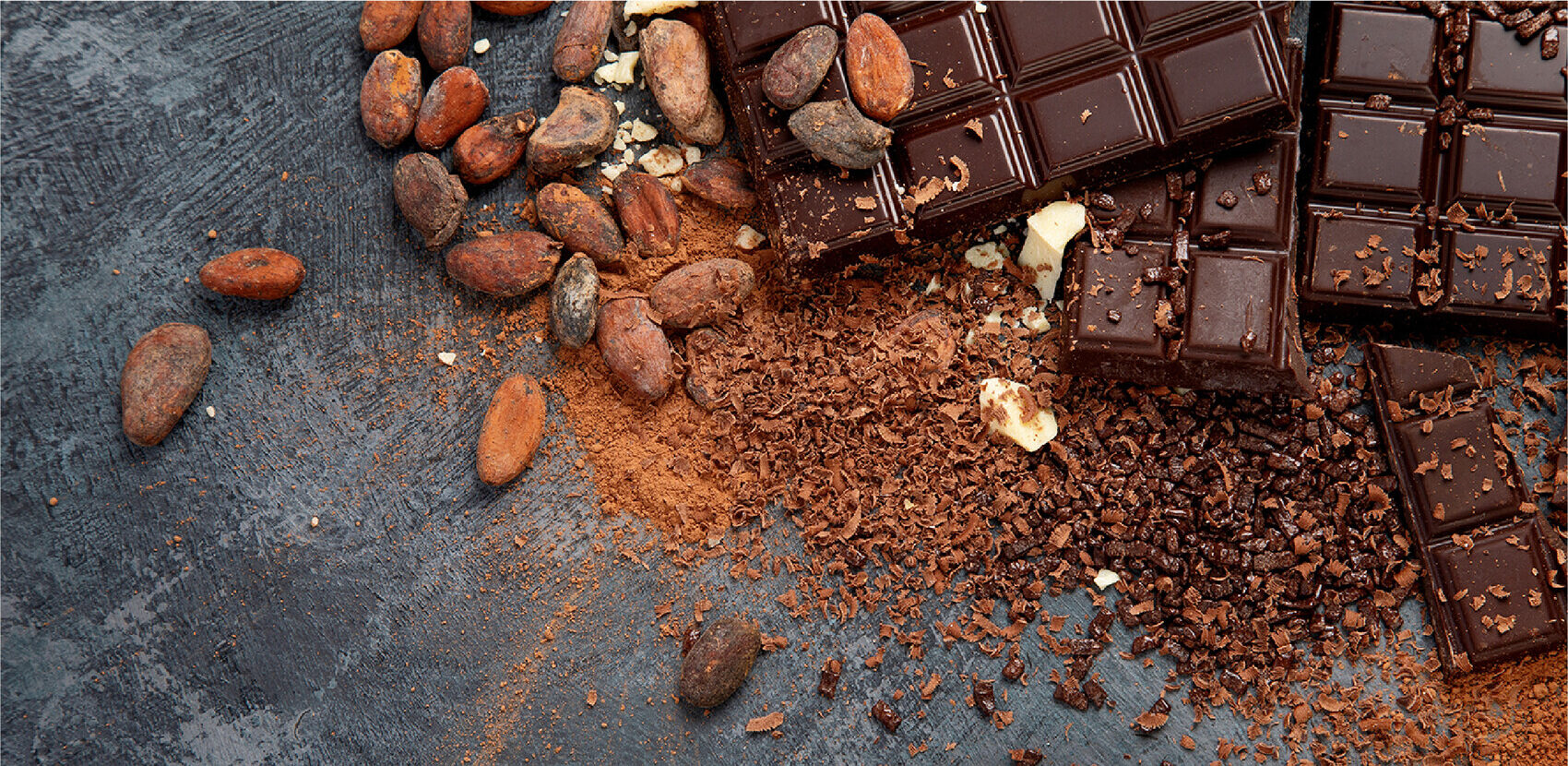
When Less Is More

From Snack to Savor

Precision Fermentation
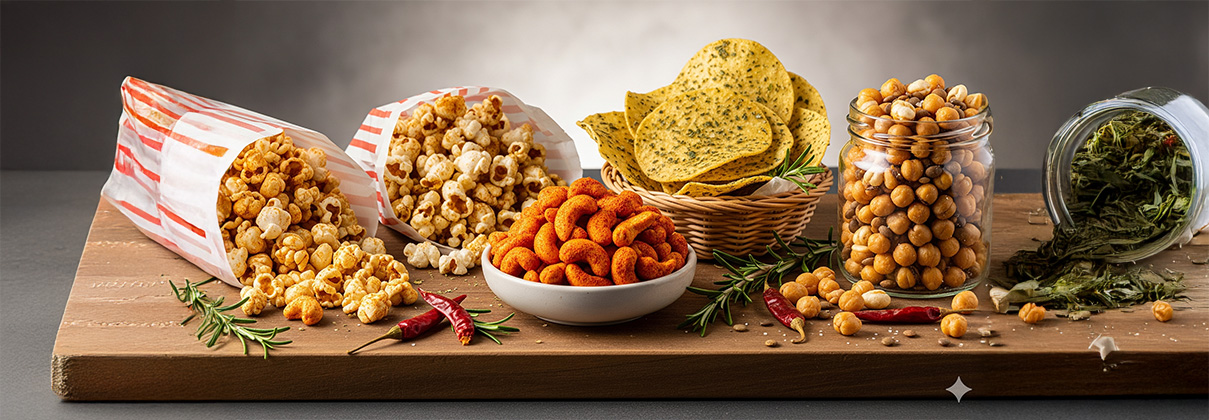
Snackification Nation
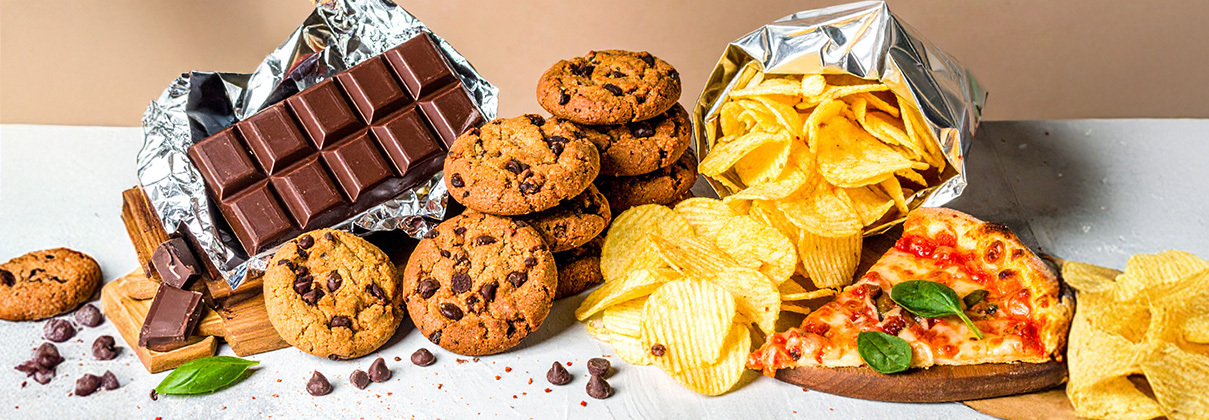
Snack to the Future

Fizz With Benefits
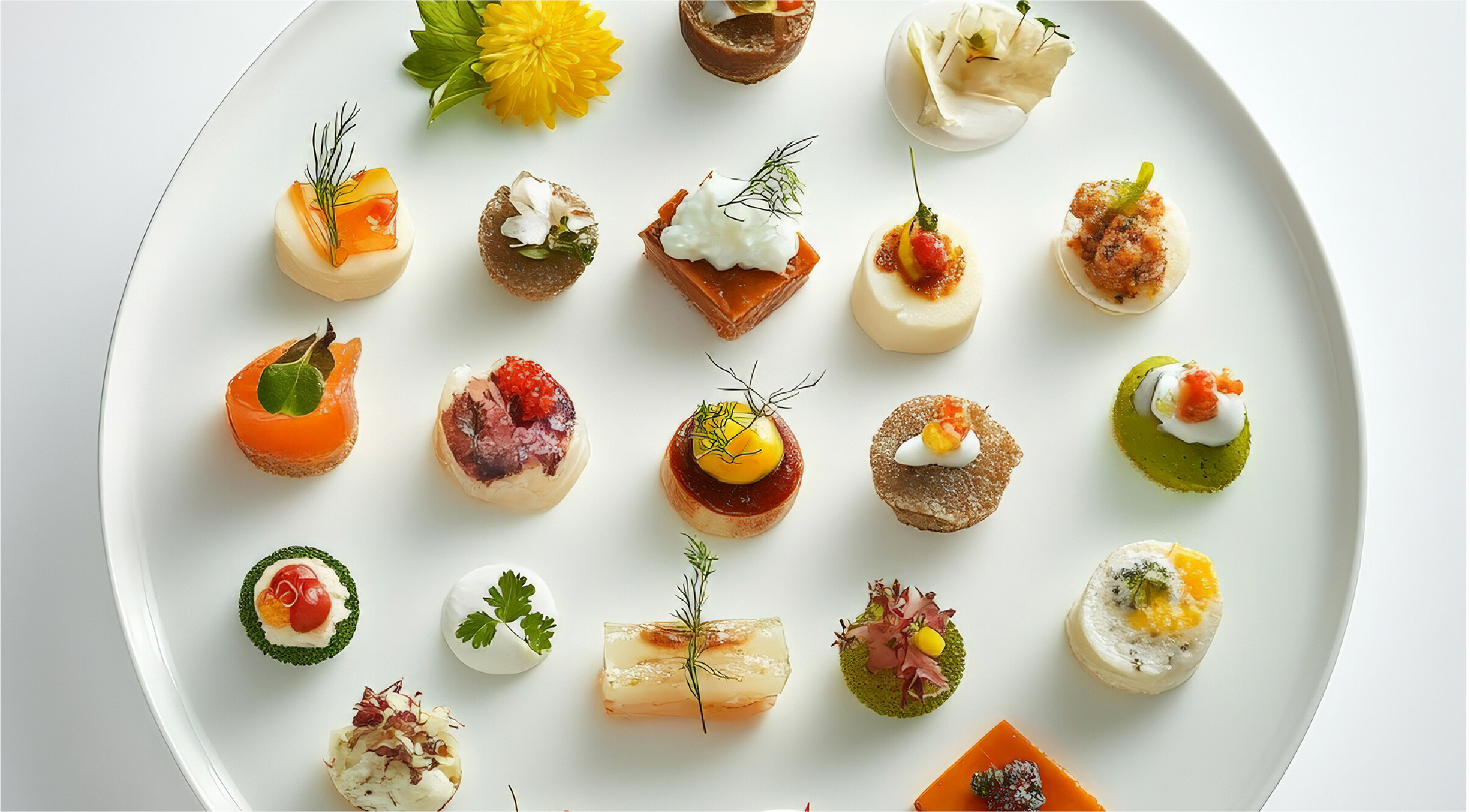
Satisfy in a Single Bite

